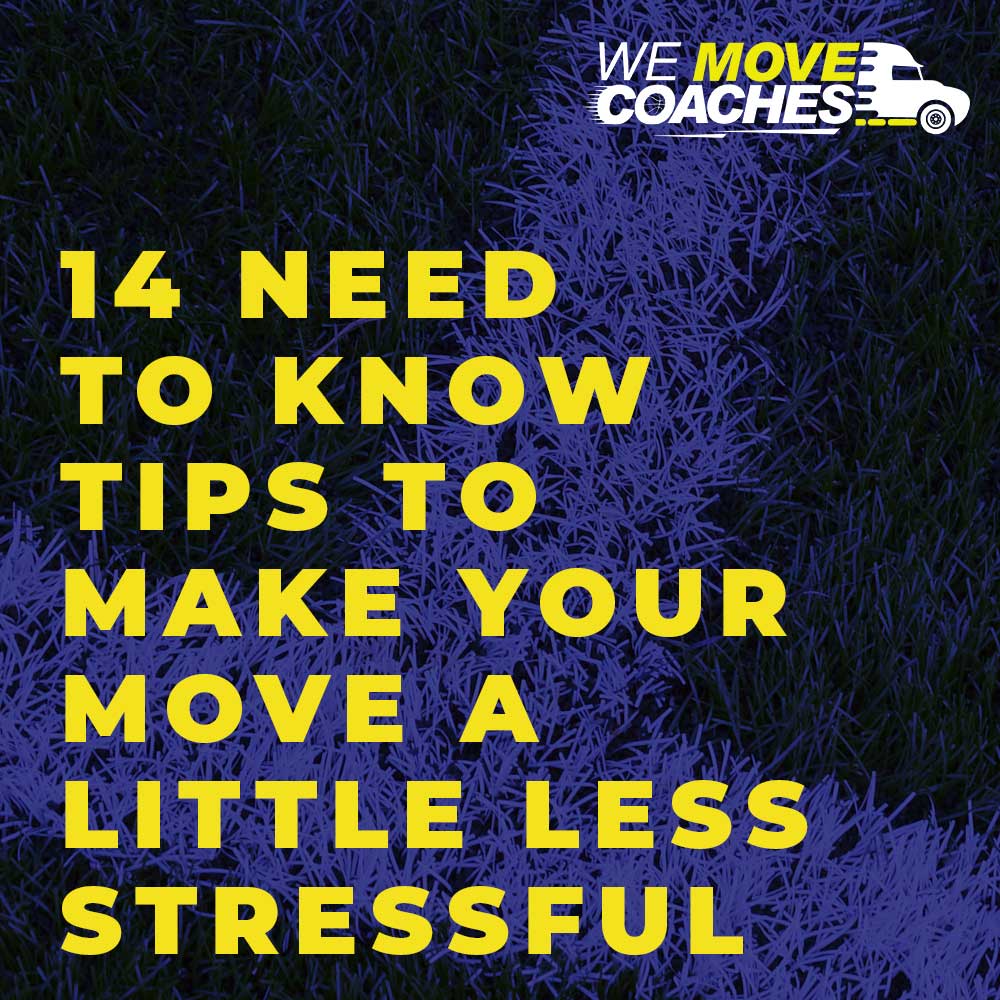- Eliminate what you do not want or need before you move. If you have not used it in
over a year and it is not a valuable family heirloom, you probably do not need it. Donate
it to a charity, sell it in a garage sale or get rid of it. There is little sense in paying to have
items moved which you do not want and will not use. - Keep a copy of all relevant paperwork (such as the estimate, confirmation, etc.) with
you during the entire process of your move in case you need to refer to it. - Keep your boxes light and manageable. Be careful not to overload the cartons. If you
cannot lift the carton easily, it is too heavy! Keep the weight of a single box to less than
50 pounds. - Use appropriate cartons when packing. This will go a long way towards ensuring your
goods arrive safely. Please note that plastic trash bags are not appropriate cartons
under any circumstances. - Use appropriate padding when packing your boxes. Do not skimp on packing paper or
bubble wrap. As general rule of thumb, when in doubt, use more cushion than less. - Dishes should be packed vertically, in dish barrels. Do not stack your dishes in a box
under any circumstances. As a general rule, you should only expect to fit about the
equivalent of four place settings in one dish pack. If you have more than that in the box, you have not used enough padding. - Do not pack your fragile items in the same carton as heavy or bulky items.
- Mark your boxes clearly with the name of the room in which you would like each
carton placed. This will help speed up the unloading process at your new home. You
may also wish to make an inventory of what items are in each specific box to help you
quickly unpack and find crucial items in your new home. - Carry your valuables and necessary medications with you. The mover is not responsible
for these items. - When packing, note the contents on the box and designate which room in the new
location the box needs to go to. Have an “open first” box for each room. For bedrooms,
this box might contain bed linens, toiletries, bathroom tissues, first aid supplies, etc. For the kitchen, you may want the box to contain the coffee maker and coffee supplies, soft drinks, or water, your first night’s dinner dishes and utensils, etc. - Place all items you do not want packed or taken by the mover (items like purses,
valuables, plants, pets, etc.) in a safe and separate place, such as an empty closet or
spare bathroom. Tell the movers that this area is off limits because it contains items you wish to move yourself. Be sure that all the packers and movers know which items are to be packed and moved, and which items are not. Clear communication from everyone is absolutely essential to a smooth move. - Whenever possible, make alternative arrangements for young children and pets on
moving day. It is best when you and the movers can give one another your undivided
attention for the entire move. Moving day can also be a bit dangerous for little ones and pets, so it is best that they be elsewhere if possible. - Keep your phone service at the original locale connected until after the move is
completely finished. Your ability to fully communicate with your mover and everyone
else can be critical. - Arrange to have gas and electric service, cable service, newspaper deliveries, telephone service, etc. turned off at the origin and turned on at the destination. Wherever feasible, have these things overlap for a day or so just in case something changes with the move date. Make sure your post office knows where and when to start sending your mail.

December 30, 2021 in Tips and Tricks
Comments are closed.

Hi, this is a comment.
To get started with moderating, editing, and deleting comments, please visit the Comments screen in the dashboard.
Commenter avatars come from Gravatar.